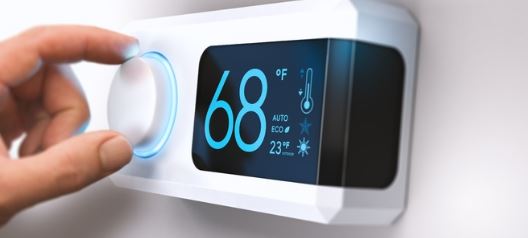Rods are metal links that connect the various parts of your car’s suspension system together. This means that they’re responsible for the safety of your vehicle, as well as its performance, and should last for the lifetime of the car. Unfortunately, rods can be damaged in a vehicle accident and may need to be replaced. Let’s go into detail about what rods are and how they affect your vehicle.
What Are Rods?
Rods are metal components that link the upper part of your suspension systems to the lower part of it. These metal links come in different shapes and sizes, but generally act as a link between two parts of a vehicle’s suspension system. Without rods, these components would not stay connected, which could cause serious issues with your vehicle’s performance and safety.
How Do Rods Affect Your Vehicle?
Rods have a large impact on how your car performs. It is important to understand how they work because if any component breaks or fails, you could end up in a dangerous situation while driving. The purpose of these components is to keep all other parts of the suspension system connected so that you have proper control over your car while driving. If one rod breaks or fails due to wear and tear or an accident, it can affect how well other suspension components work together. This could lead to an increased risk of having an accident due to poor handling or instability when turning corners at high speed. It is also important to note that if one component fails, it can cause all other connected components to fail as well which can be costly and time consuming to repair or replace.
Types of Rods Used in Suspension Systems?
There are several types of rods used in modern vehicles today, including sway bars, control arms, tie rod ends, track bars, drag links, ball joints and pitman arms. Each type has its own unique purpose that helps increase safety and stability while driving on roads with varying levels of terrain and surface conditions. Sway bars reduce body roll during cornering; control arms allow for up-and-down movement; tie rod ends attach to steering knuckles; track bars provide lateral stability; drag links link two steering arms together; ball joints connect two moving parts; and pitman arms convert rotational motion into linear movement for steering wheels.
Conclusion:
Rods play an important role in keeping all parts of your car’s suspension system connected and working together properly so that you can drive safely without worrying about instability when cornering at high speeds or loss of control due to poor handling capabilities. Unfortunately, if you are involved in a vehicle accident, rods may break or fail which can cause other components downstream from them—such as shocks—to fail too leading to costly repairs or replacements. It is always best practice to check on the condition of all rod components regularly so you don’t run into any unpleasant surprises down the line!


